What to Know Before Buying Your First Collector-Grade Canvas Print
Let’s get this out of the way early: most people who buy canvas art online end up with something mass-produced and forgettable. It looks nice for a while. But it doesn’t last. It doesn’t anchor. It doesn’t hold you.
Digitally churned out, made to match taupe walls, printed en masse for less than the cost of a takeaway meal. They’re not inherently bad. But they’re not collector-worthy either.
They’re made to match furniture. Ship cheaply. Blend in. Be forgotten.
Collector-grade canvas prints, on the other hand, are an entirely different language.
They’re printed slowly, with intention. On materials that age well. In small editions. Often hand-finished. Always rooted in something deeper than just “looking nice.”
If you’ve never bought artwork at this level before, or even if you have, it’s easy to feel intimidated. Like there’s a code you’re supposed to crack, a vocabulary you should know.
Especially if you’re a thoughtful, emotionally intelligent person who doesn’t care for the art world’s games.
But here’s the truth: you don’t need to know everything.
You don’t need an art history degree. You don’t need to justify your taste. You don’t need to prove you belong.
You only need to know what matters, to you, and to the work.
So if you’re buying your first collector-grade canvas print, here’s what to know. From materials to mindset, this guide was made to help you buy with clarity, not pressure. Presence, not performance.
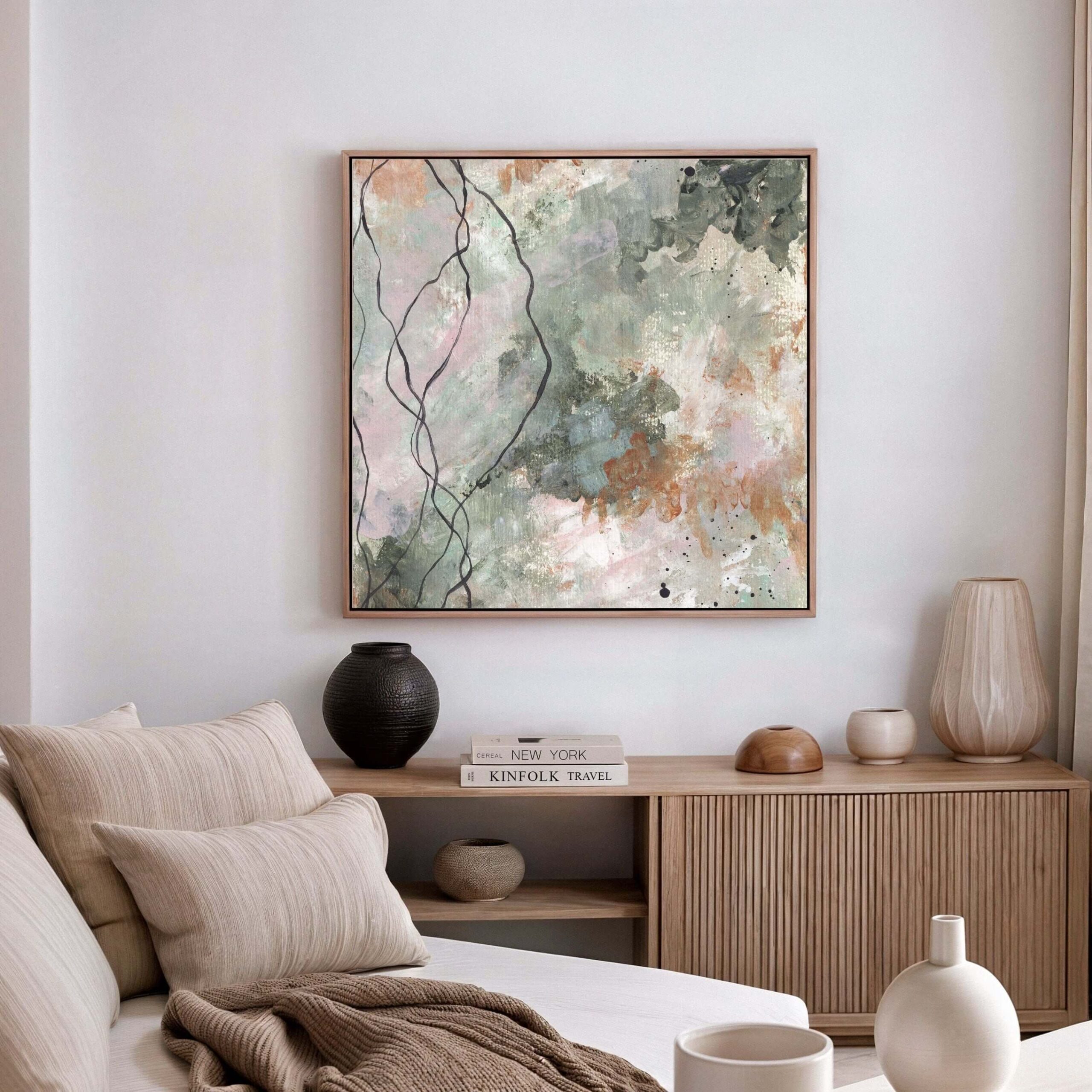

Not All Canvas Is Equal: What Makes a Print Collector-Grade
Let’s get honest about materials.
Most generic canvas prints, the ones sold in high-street chains or on fast-art platforms, are printed with low-cost dye inks on plastic-feeling canvas. They’re made quickly, fade fast, and lose their shape in a season. That’s not the kind of work you want when you buy canvas art to live with for a lifetime.
Collector-grade canvas prints are a different experience entirely.
Mine are printed on archival-grade poly-cotton blend canvas, the kind used in certified fine art studios. The surface is smooth, matte-satin, and built to resist warping, cracking, or colour fading. It’s 344 gsm weight and feels grounded, not flimsy.
The colour is created using sustainable, water-based HP pigment inks, not dyes. These inks are UV-resistant and fade-proof, built for museum-quality permanence, not temporary decor. The finish is sealed with a protective coating to guard against dust and light.
Each piece is stretched over solid, kiln-dried wood bars, or set in handcrafted float frames made from solid oak or hardwood. No plastic. No shortcuts. No retail-finish frames that cheapen the work.
If you’re buying a collector-grade print, you deserve to know exactly what it’s made from.
And if a seller won’t tell you the canvas weight, the ink type, or how it’s finished? That’s your sign. Ask. Or walk away.
Format and Scale Affect Emotional Weight
A common mistake first-time collectors make?
They buy too small.
They picture the artwork like a poster or print, a decorative accent. But collector-grade canvas isn’t meant to just fill a wall. It’s meant to anchor a space.
That doesn’t mean everything should be massive. But it does mean size and scale aren’t just technicalities. They shape how you feel when you enter the room.
-
-
A 50×50 cm canvas can feel meditative and introspective in a reading corner.
-
A 127×178 cm piece can shift the emotional tone of an entire open-plan space.
-
A horizontal format can suggest breath, softness, expanse.
-
A vertical format can bring gravity, grounding, and introspection.
-
When you buy collector-level work, don’t just think about dimensions. Think about what the format does emotionally in the room it’s going to live in. If you’re planning to buy canvas art that transforms a space, consider what the format does emotionally, not just visually.
Ask yourself:
-
-
What’s the energy here?
-
Where does stillness live in this space?
-
Does this need anchoring or expansion?
-
Let the artwork help you create an answer.

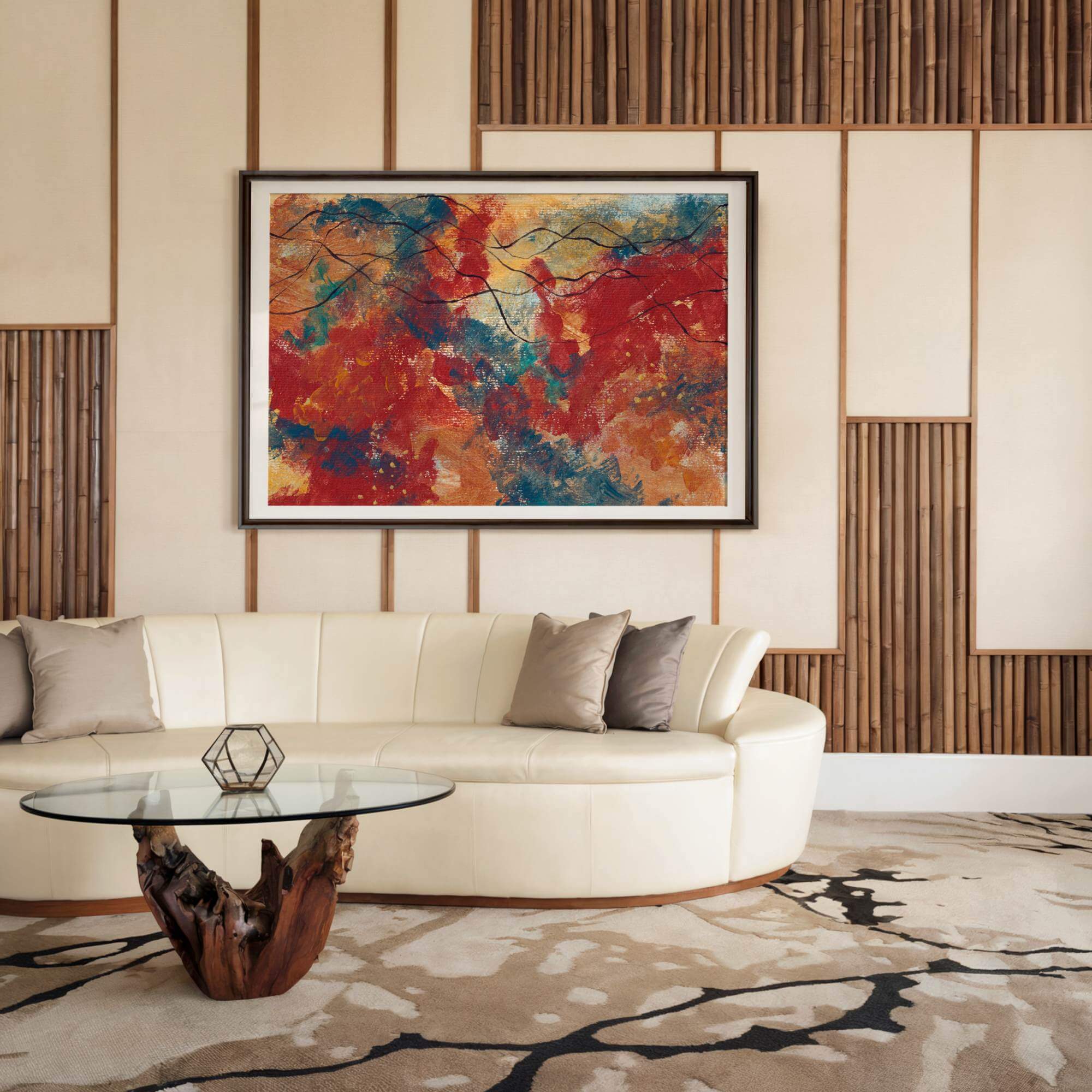
Edition Size Isn’t Just About Rarity, It’s About Intimacy
Let’s talk editions.
When buying a collector-grade canvas print, you’ll usually see one of three terms:
-
-
Open edition: unlimited. It can be reproduced forever.
-
Limited edition: a fixed number of reproductions (e.g. 10, 50, or 100)
-
Hand-embellished edition: the artist adds paint or texture, making each one unique
-
Limited editions offer emotional clarity. You know how many others will ever own that piece. That in itself can build a deeper bond, you’re not just buying something beautiful, you’re buying something rare.
Hand-embellished editions go even further. You’re not just buying a print. You’re buying something the artist touched, built upon, revisited. A bridge between original and edition. One of the most overlooked factors when people buy canvas art is how edition size shapes intimacy and rarity.
If connection matters to you, and I suspect it does, edition size isn’t about elitism. It’s about alignment.
Framing Isn’t Optional, It’s an Extension of the Work
This is the part a lot of buyers overlook: framing.
Framing isn’t just protective. It defines how the work sits in your space. It can either cheapen a collector-grade print or elevate it into something quietly magnetic. Too often, people buy canvas art without thinking about the frame. But framing is emotional architecture.
The most common and refined framing methods for canvas prints are:
-
-
Stretched canvas (gallery wrap): wrapped around a wooden frame and hung directly. Clean and minimal.
-
Float-mounted in a tray frame: fhe canvas appears to float within a wooden frame. Elegant and architectural.
-
Framed behind acrylic (rare): offers protection, but isn’t typically used for canvas.
-
Avoid anything shiny, plastic, or mass-produced. Opt for solid wood, neutral tones, and frames that create space around the work, not clutter.
And if the artist offers guidance or options? Use it. A considered artist will always recommend a finish that supports the emotional tone of the piece, and the space it’s entering.
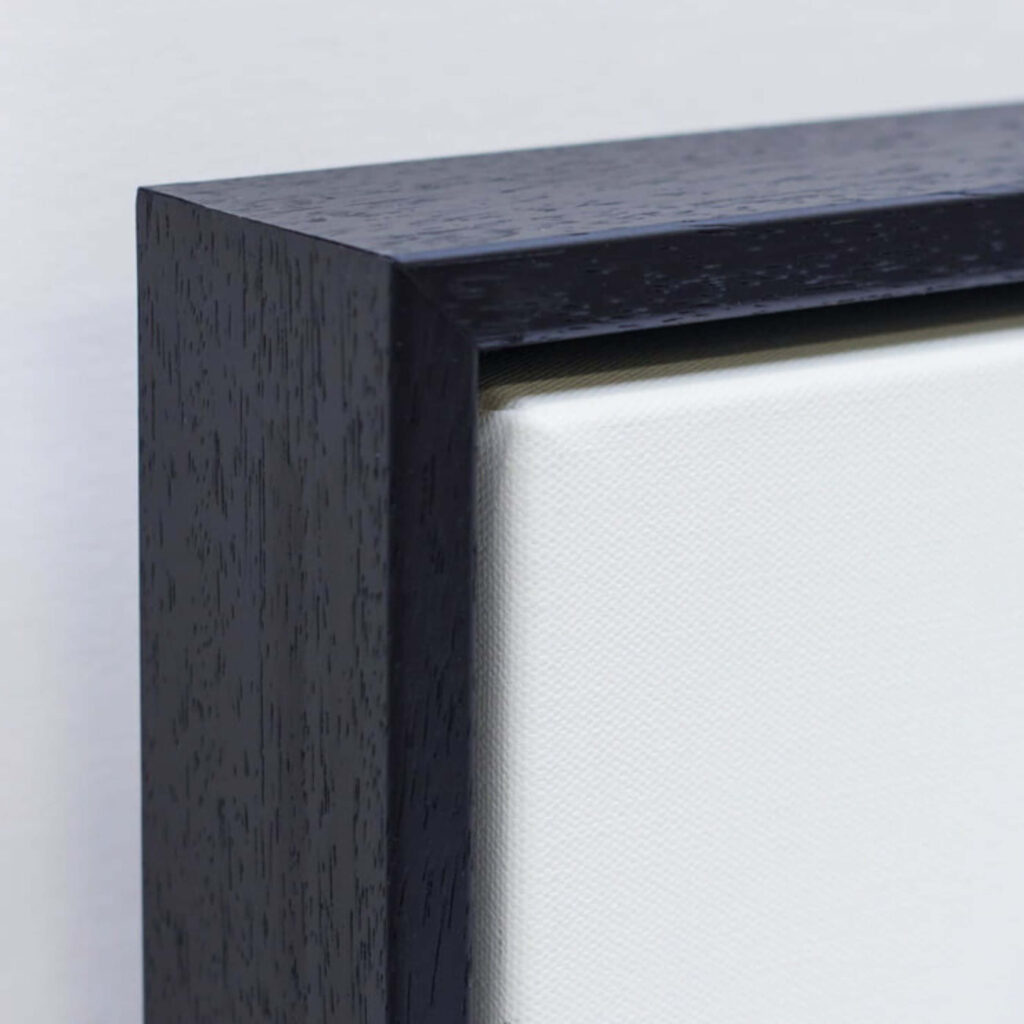
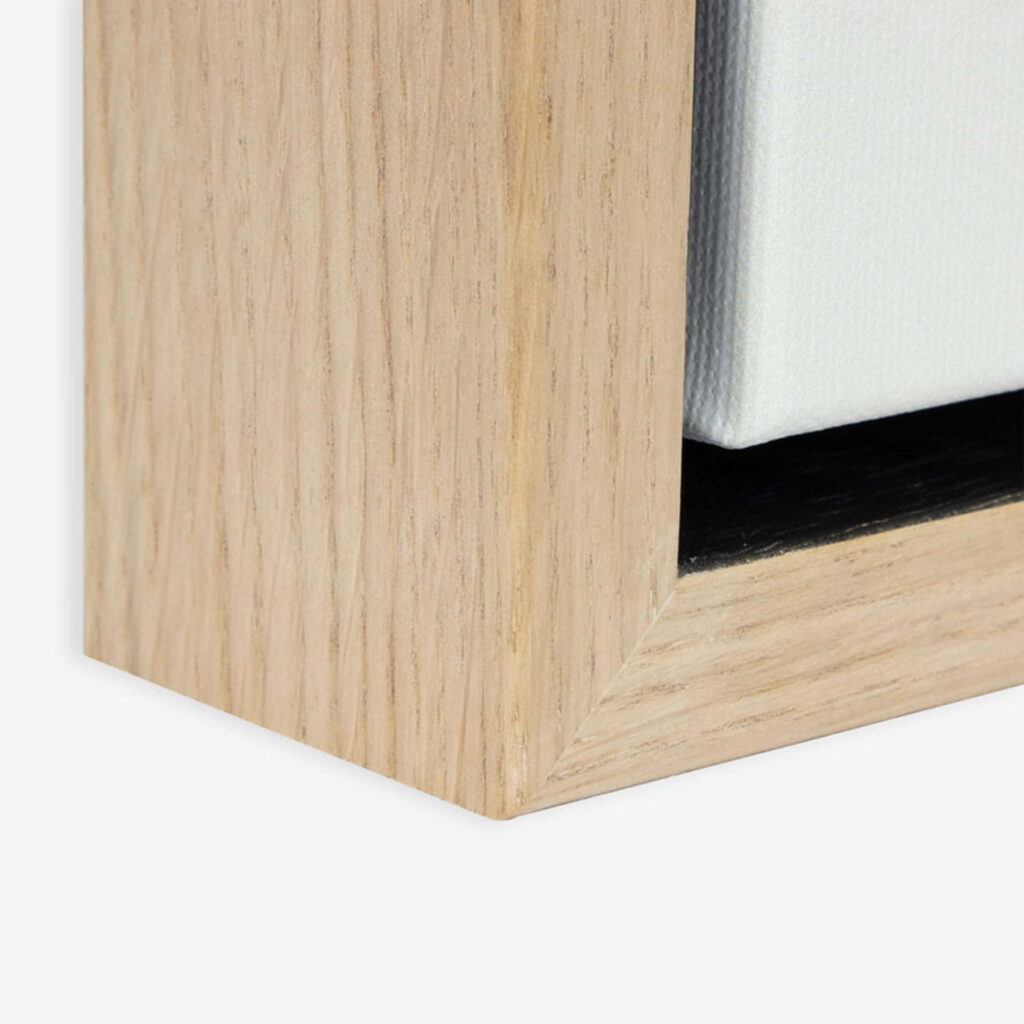
Buying Direct From the Artist Is Not the Same as Buying From a Platform
This one matters more than people think.
When you buy a canvas print from a mass marketplace, you’re buying a product.
When you buy canvas art directly from the artist, it becomes a dialogue, not a transaction but a relationship.
You’re supporting their ethics, their rhythm, their vision. You’re saying: I don’t need a middleman to validate this. I trust my eye. I trust my emotional response.
It also means:
-
-
You get more accurate details about format, framing, and editions
-
You can often discuss scale or installation needs
-
You’re not just another order number in a fulfilment queue
-
Some artists (like me) have removed their work from public storefronts altogether. That’s not about scarcity. It’s about intimacy. Slowness. Respect.
You’re invited to step closer, but not to treat it like a click-and-ship transaction.
And that shift in energy? It changes everything.
Emotionally Intelligent Art Isn’t Loud, But It Lasts
If you’ve spent time in luxury spaces lately, you’ll notice something:
The art isn’t screaming.
It’s not literal. It’s not flashy. It’s not viral.
It’s subtle, layered, emotionally resonant. It’s the kind of piece that gets under your skin quietly and refuses to leave, not because it’s trying to dominate, but because it grounds the space. People who buy canvas art for luxury spaces aren’t looking for shock value. They want presence.
And in collector-grade canvas prints, that shows up in:
-
-
The way colour interacts with texture
-
The emotional intention of the composition
-
The tonal harmony (or tension) that holds your gaze
-
When you buy your first high-end piece, ignore what social media trained you to value.
Choose art that helps you breathe deeper.
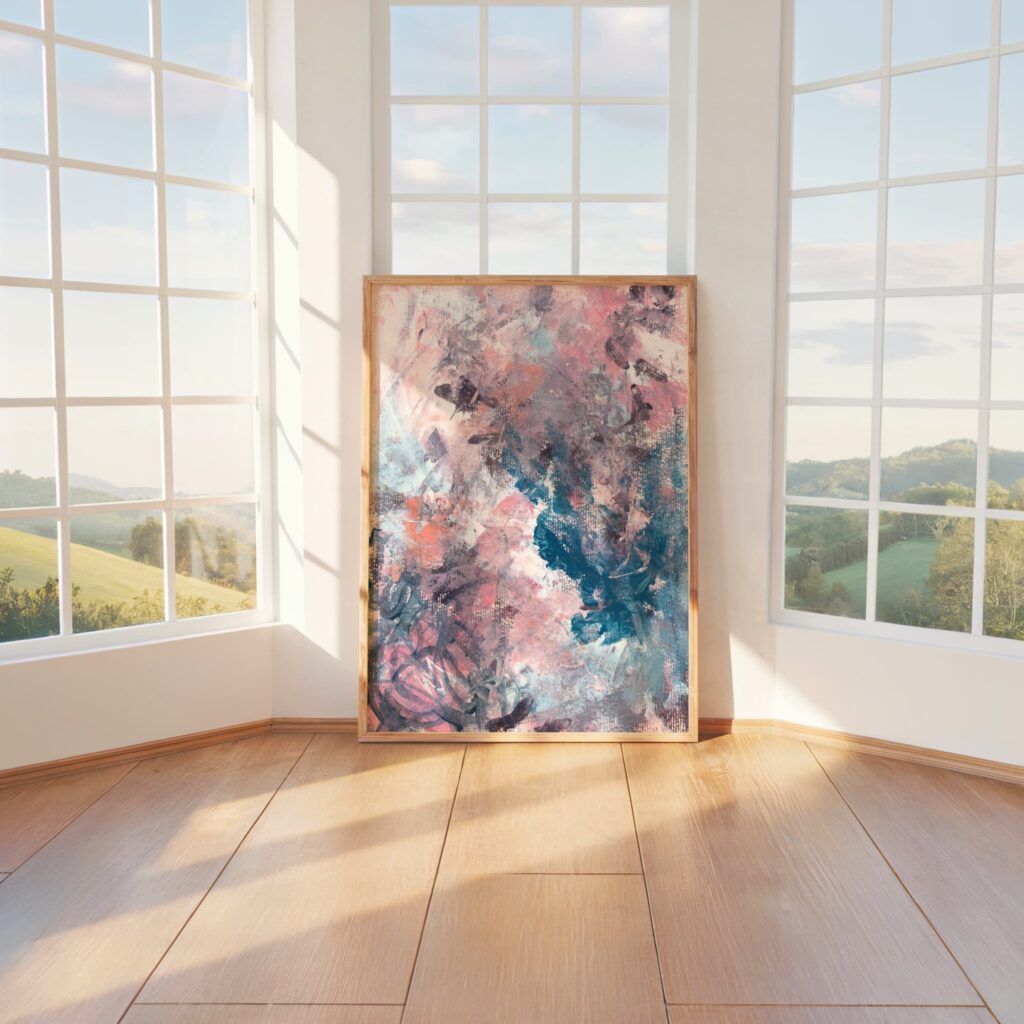
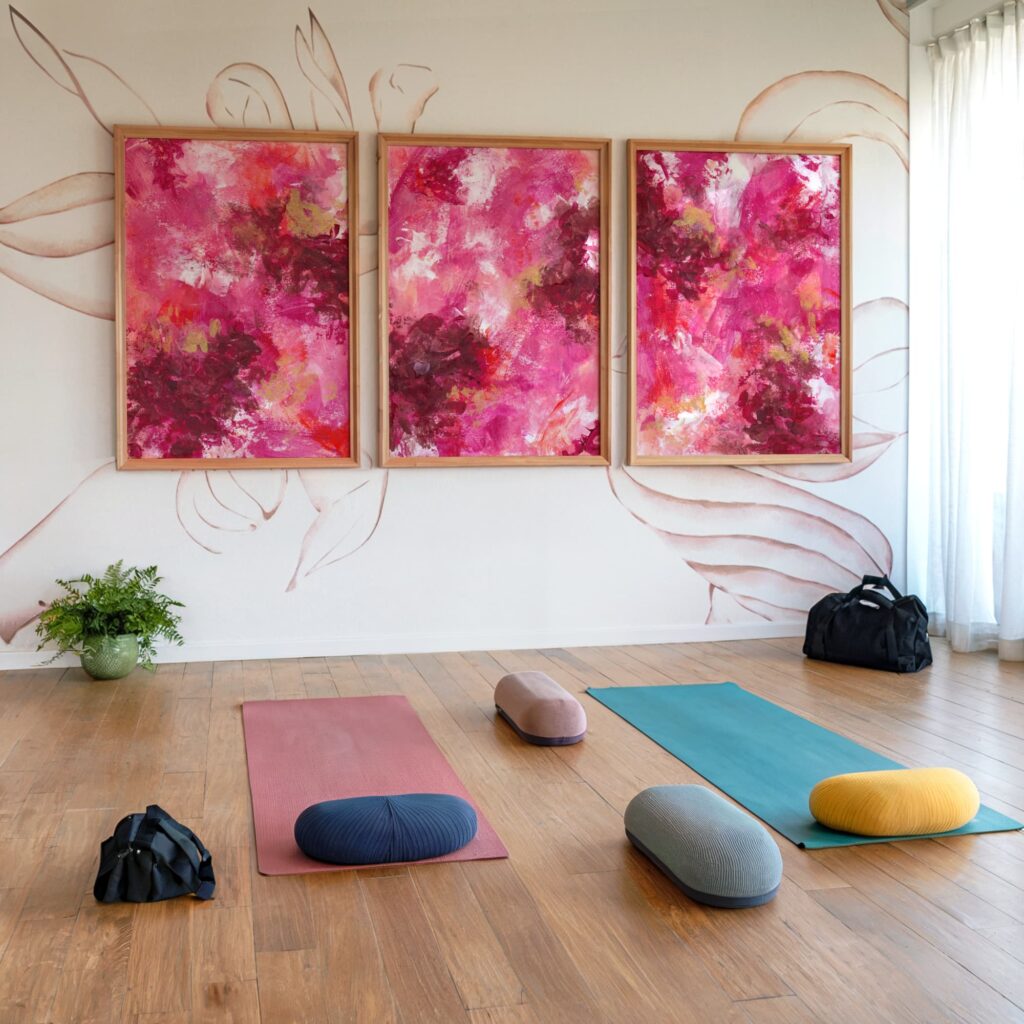
Ask This Before Buying: Does This Work Know Me?
We often ask, “Do I like this?”
But the better question is, “Does this piece feel like it already knows me?”
Collector-grade art isn’t just beautiful. It resonates with you on a frequency that feels almost private.
You might not have words for it, and you don’t need to. But the piece should feel like it was made for a version of you that’s harder to explain. Maybe one you’re just beginning to meet.
And when that happens?
The price becomes less important. The size feels right. The decision feels obvious.
You don’t need to convince yourself to buy it.
You need to convince yourself to walk away if you don’t.
If you’re going to buy canvas art, the best filter is emotional recognition. Not decor matching.
You Don’t Need to “Get” the Artist’s Entire Body of Work
A common first-time collector fear: “What if I don’t understand the artist’s other work?”
Here’s the truth: you don’t have to.
Buying a collector-grade canvas print isn’t about understanding an entire oeuvre. It’s about what this piece is doing for you. Right now. In your space. In your life.
Sometimes a single work is the bridge.
You don’t need to intellectualise it. You don’t need to decode every brushstroke. All you need is to feel a quiet yes.
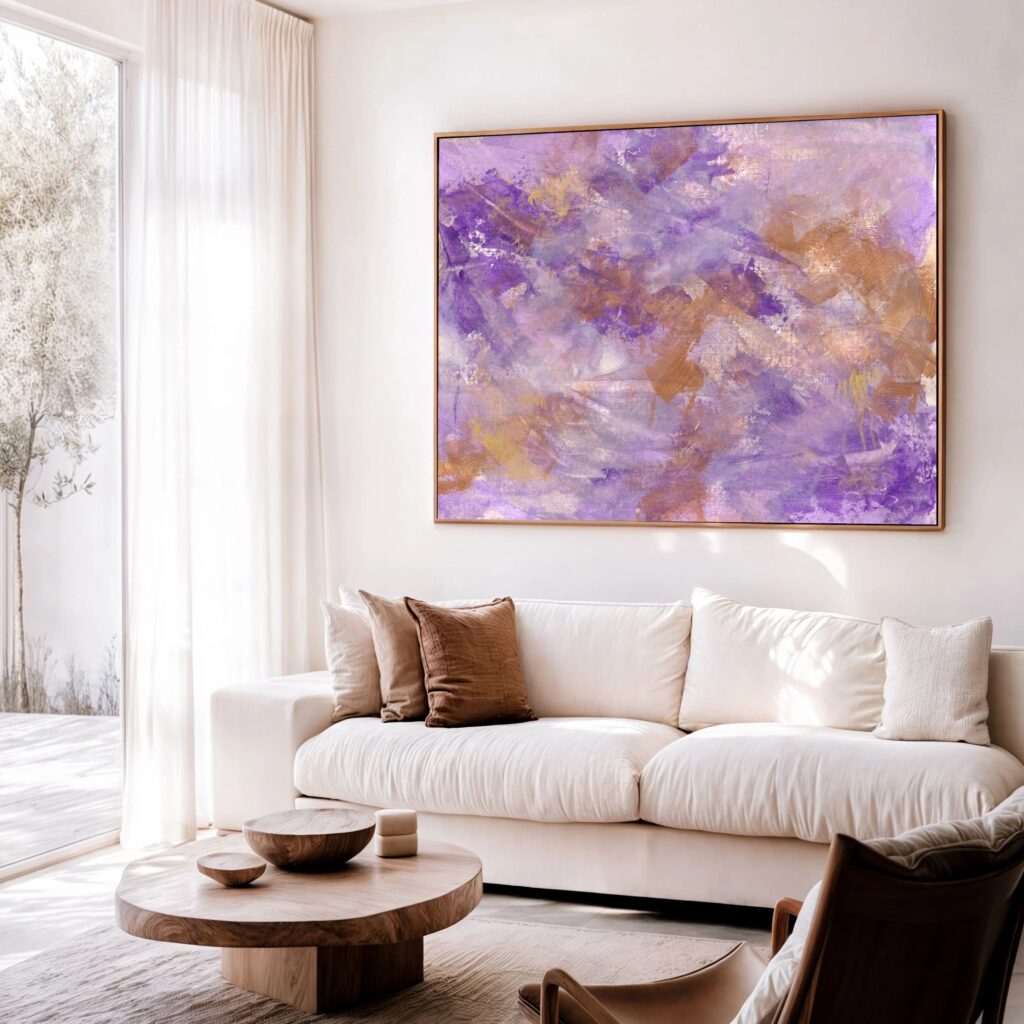
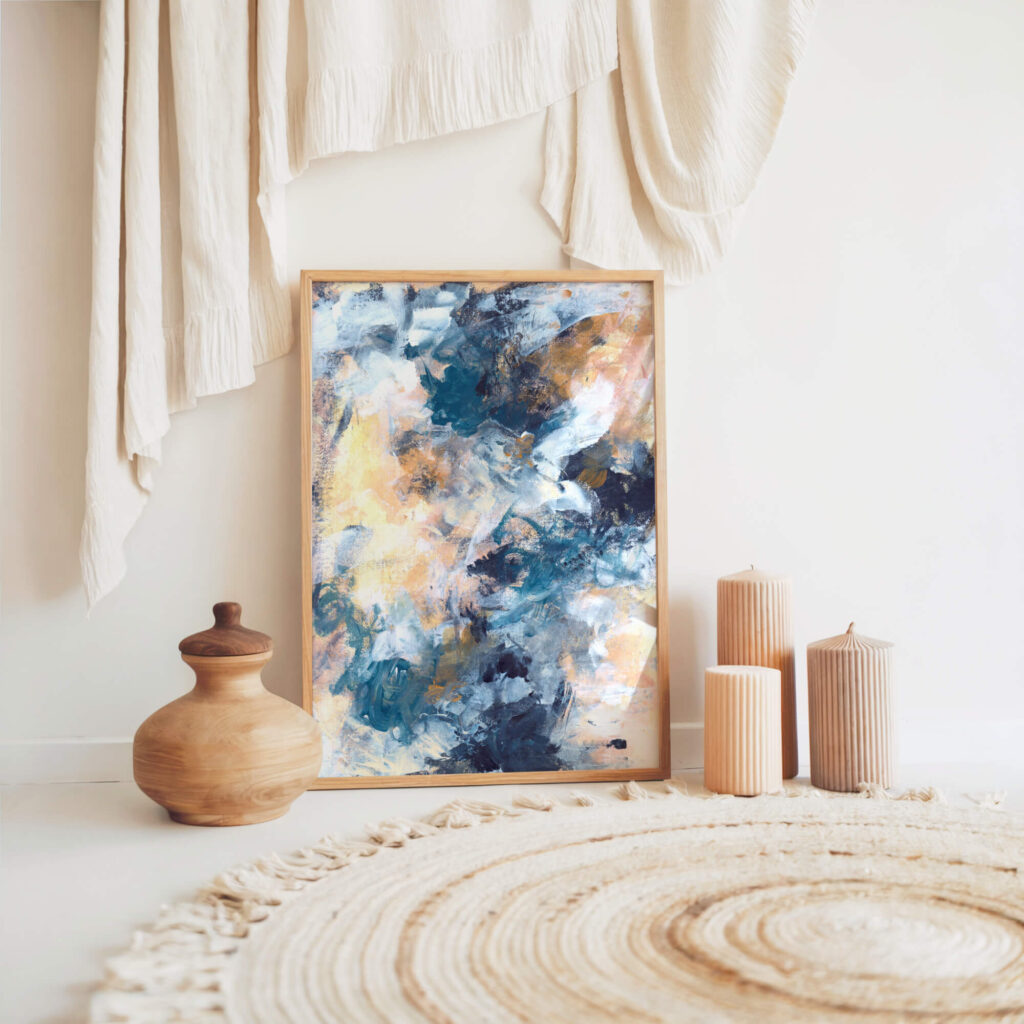
Pricing Doesn’t Always Mean What You Think
Let’s talk about money.
Collector-grade canvas prints typically start around £1,500 and can go up to £15,000 or more depending on:
Scale
Edition size
Embellishment
Framing
Delivery location
That price isn’t arbitrary. It reflects not just production cost, but artistic labour, curation, exclusivity, and presence.
Some artists use POD (print-on-demand) services while still maintaining high standards. Others hand-stretch and embellish every piece. Either way, the real value isn’t just in materials, it’s in the emotional architecture the work creates.
And if you’re ever unsure about a price? Ask. A real artist won’t just give you a number. They’ll help you understand what you’re really buying.
Good Art Doesn’t Match Your Furniture. It Matches Your Frequency.
One of the biggest mistakes people make when buying art for the first time?
They try to match it to their colour scheme.
It’s understandable, you’ve just renovated. You’ve got sage green walls and brushed brass fixtures and you think, maybe something with a bit of gold and green tones would sit nicely.
But collector-grade artwork doesn’t play that game.
This isn’t a pillow you can switch out next season. This is a piece of emotional architecture. It’s meant to hold you, not blend in with your accent chairs.
Instead of asking, Does this match my space? Try asking: Does this hold the mood I want to feel here?
If it feels like something in your body softens when you look at it… if it stops the noise in your head… if it anchors you emotionally before you even know why, that’s the piece.
Don’t chase aesthetic trends. Buy the work that holds your presence.
Where You Place the Work Shapes What It Can Do
The emotional impact of a canvas print changes based on where it lives.
A 60×80 cm piece in a quiet reading nook doesn’t feel the same as that exact piece in a CEO’s private office. The context alters the energy.
Here’s what to consider:
Entryways: set the emotional tone. Choose work that breathes or grounds.
Living rooms: go for scale and warmth, a piece that holds presence across conversations.
Bedrooms: choose pieces that feel quiet, inward, reflective. Avoid tension-heavy compositions.
Offices: look for clarity and stability, work that helps you regulate rather than dominate.
Yoga or meditation spaces: go for abstract work that doesn’t demand attention but rewards stillness.
Retreat or hotel suites: use scale, texture, and restraint. Emotional safety is more important than impact.
And if you’re unsure? Ask the artist.
A good one won’t just say what looks good, they’ll help you decide what will feel right in that specific room.
Start with One, But Think in Emotional Layers
Buying your first collector-grade canvas print isn’t about launching a gallery overnight. It’s about emotional layering, starting with a single piece that means something to you, and building around it slowly.
You don’t need a full collection on day one.
Buy the piece that feels inevitable.
Then, over time, you can:
Build a private collection around tonal themes (e.g. stillness, recovery, rebirth)
Explore different formats (e.g. square vs vertical)
Integrate works from the same artist (this deepens the relationship with their emotional palette)
A true collection doesn’t show off. It mirrors your internal seasons.
You Don’t Have to Frame It Immediately
Here’s something most sellers won’t tell you: you don’t have to frame it right away.
You might want to live with it first. See how it feels. Let the piece settle.
If you’re unsure whether to go for stretched, float-mounted, or custom framing, wait.
Ask yourself how you want it to behave in your space. Quiet or commanding? Warm or cool? Grounded or open?
Framing is emotional architecture. Let the artwork speak first. Then design the structure around it.
Why the Vault Went Private, And What That Means for You
If you’ve found your way here, you’ve probably noticed something:
You can’t just add my work to a cart anymore.
That’s not accidental. It’s intentional.
The Collector’s Vault used to be public. A clean, curated store. Click to buy, shipped to your door. But over time, it started to feel… off.
Not because the work changed.
But because the way it was being approached didn’t match the way it was made.
This isn’t fast art. These are emotionally charged, slow-built, museum-grade canvas prints. The kind of work you live with. The kind that asks for a pause, not a purchase.
So I made a decision to remove the Vault from public view. And create a private catalogue experience instead.
It’s still the same work. But now it’s offered with the space and respect it deserves.
If something here speaks to you, if a piece anchored something in you, even just for a moment, you can still request it. Personally. Quietly. Without having to scroll past five “you might also like” suggestions.
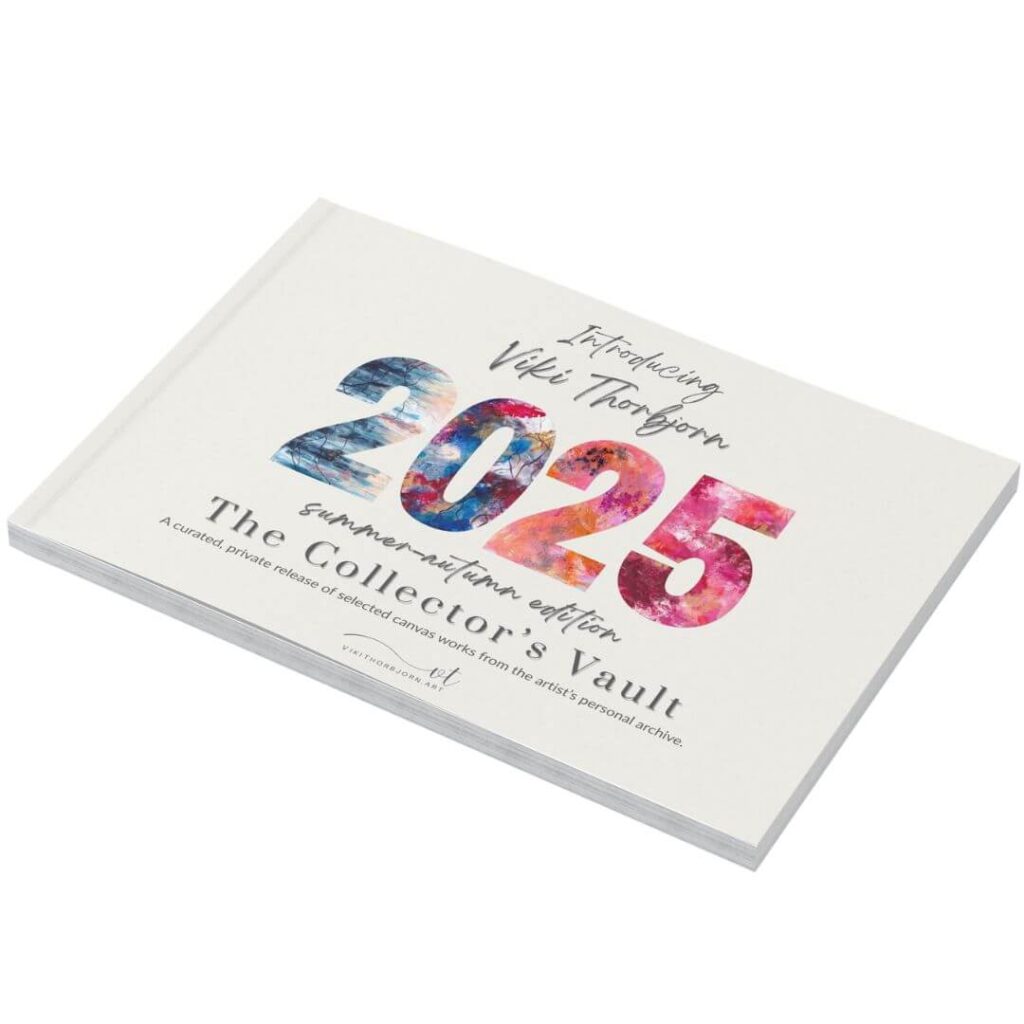
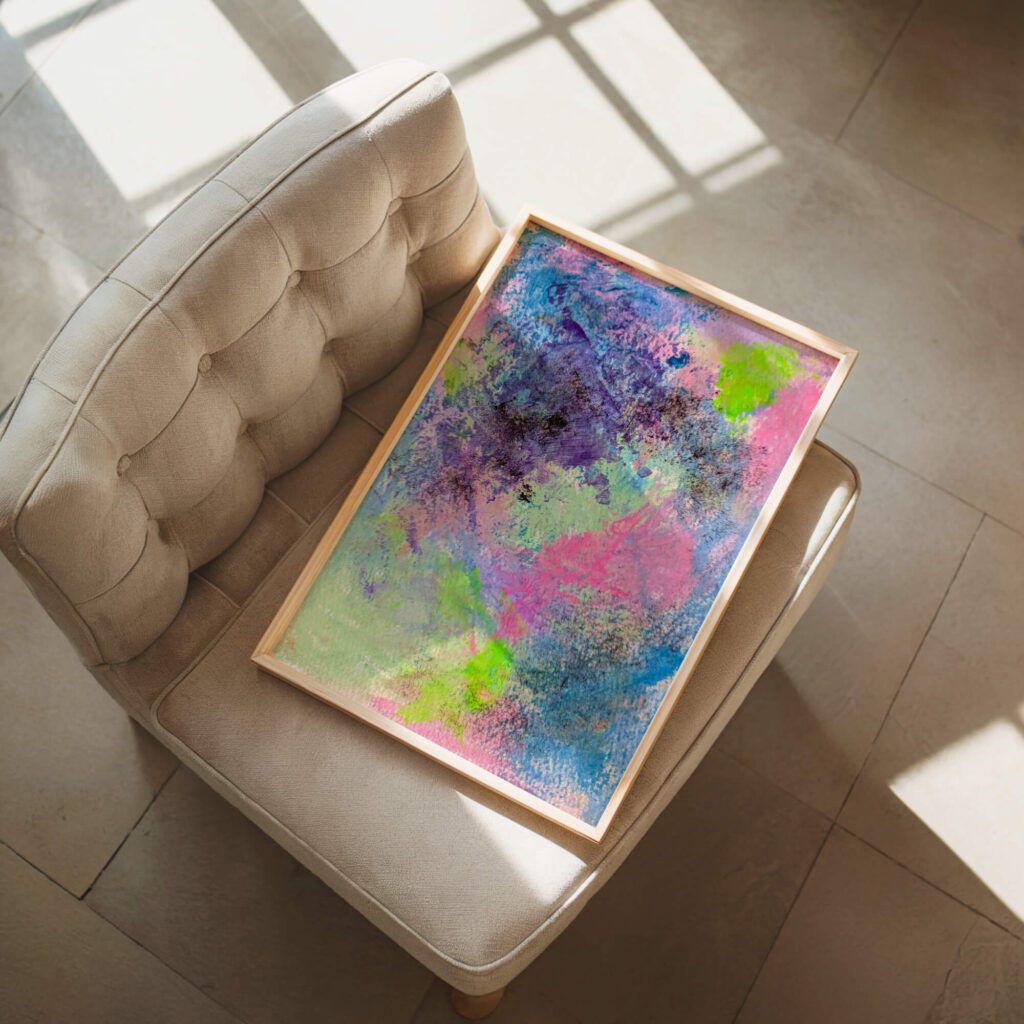
Art Isn’t a Purchase. It’s a Decision to Be Seen.
Buying your first collector-grade piece isn’t about taste. It’s about readiness.
Because here’s the truth most guides won’t say: the right piece will ask something of you.
It might ask you to stop hiding. To come home to yourself. To honour a part of you that’s been quiet for a long time.
That’s why emotionally intelligent collectors aren’t chasing trends or resale value.
They’re choosing what helps them feel whole again.
And that doesn’t always happen immediately.
Sometimes you need to see the work more than once. Sometimes you need to live with the idea before you can live with the piece.
And that’s okay.
Stillness doesn’t rush.
What “Collector-Grade” Really Means
Let’s cut through the noise.
“Collector-grade” isn’t a marketing term.
It means the piece was made with the intention, permanence, and emotional architecture to anchor your space, and outlast the trends around it.
It’s about:
Materials that will endure for generations
Emotional honesty in the composition
A resonance you feel before you even know why
It doesn’t mean you need a mansion. It doesn’t mean you need to be an expert. It means you choose with depth, not decoration.
And that’s where everything begins.
My Offerings
Whether you’re a private collector, a wellness-focused brand, or a designer sourcing for a high-calibre project, I offer art that resonates deeply and subtly.

Collector's Vault
Canvas prints from the archive, made with emotional resonance and sustainable materials for spaces seeking depth.

Capsule Commission
Created privately, one at a time, through stillness and reflection. Limited spaces each season to preserve depth and intimacy.
The Last 10
Ultra-limited, hand-embellished editions. No more than ten will ever exist. Made to ground, steady, and hold presence at the highest tier.
You Don’t Need to Justify the Yes
If you’ve read this far, you probably already know.
There’s a piece. Maybe more than one. It keeps showing up in your thoughts. You’ve tried to talk yourself out of it. But it’s still there.
You don’t need to justify the yes.
Art like this doesn’t scream for attention. It holds you, until you’re ready to hold it back.
The Beginning of a Real Collection
Buying your first collector-grade canvas print isn’t just a purchase. It’s a threshold.
It’s the moment you stop treating art as decoration, and start recognising it as part of your emotional architecture.
And when you’re ready to cross that? You don’t need to be wealthy, or fluent in art history, or able to name ten contemporary artists. You just need to know yourself. To want your space to hold more than things, to hold you.
If something in my work already spoke to you, the invitation is open. Ready to buy canvas art that feels made for you? Start with the one that anchored you.
